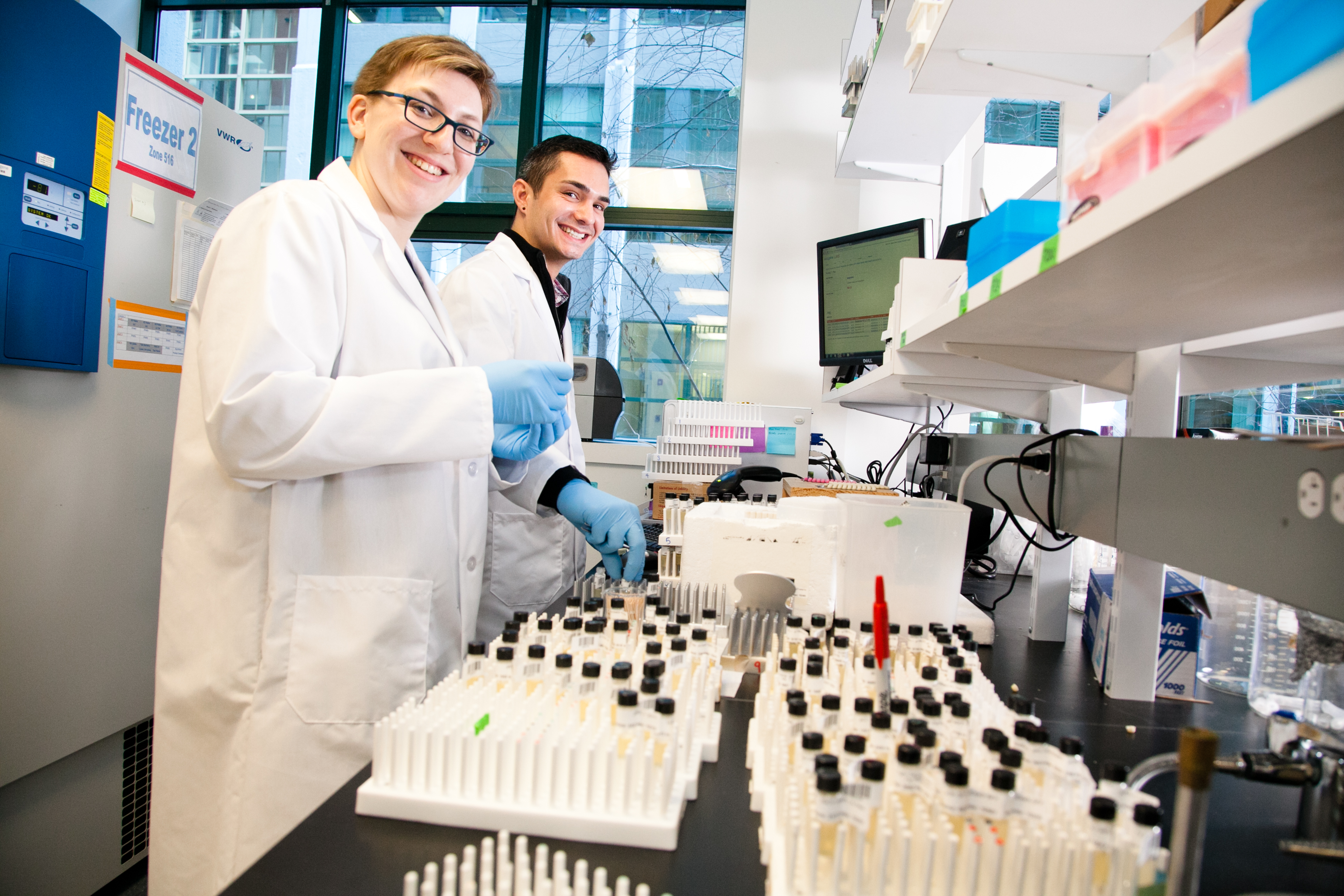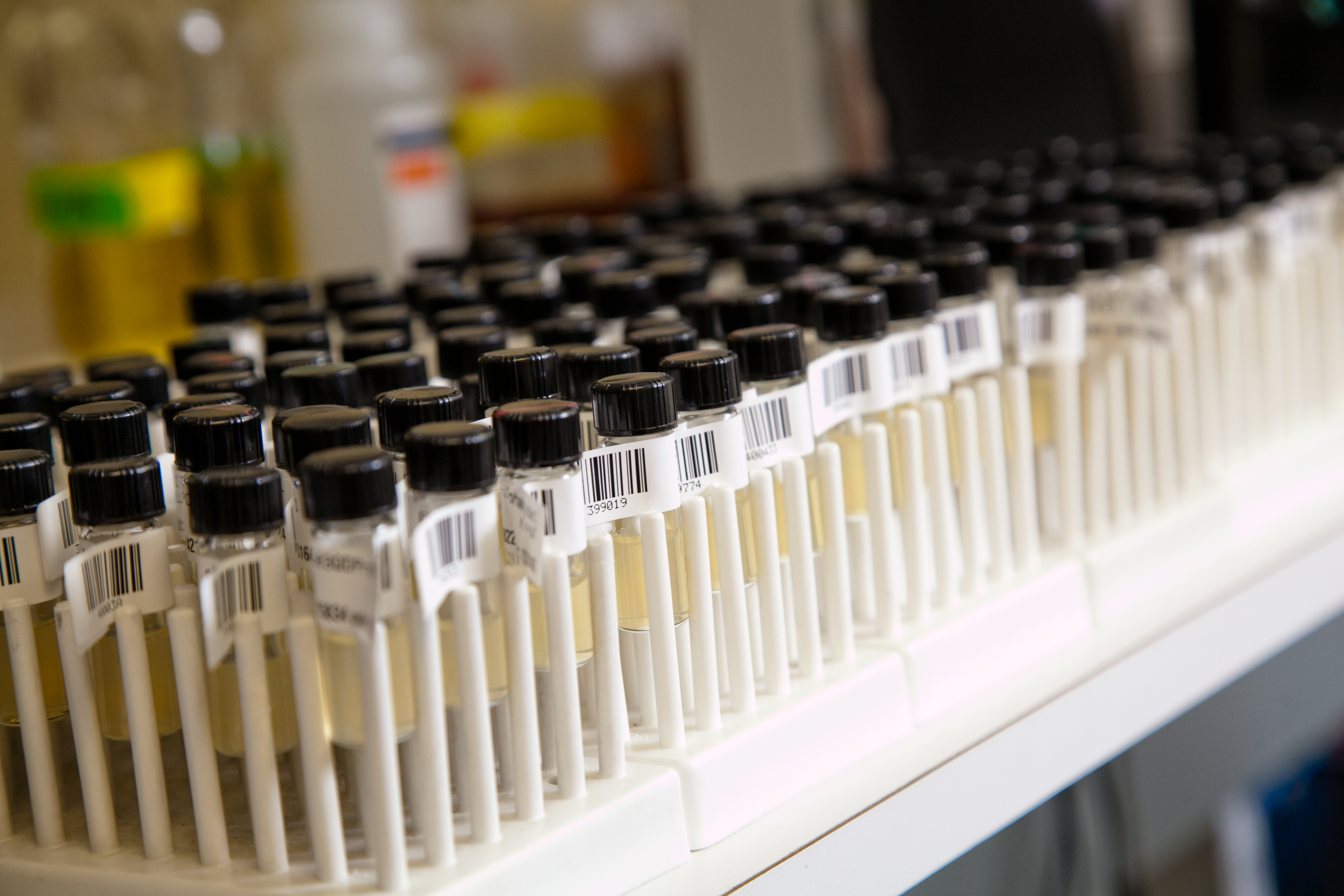Top 25 Plasmids of All Time—Addgene Statistics Reveal Research Trends
| 28 March, 2014 | Guest Author |
|

|
We talk a lot about sharing data, but sharing materials is another important component of collaborative science. In this guest post, Dr Joanne Kamens of plasmid repository Addgene tells us what the most often shared plasmids are.
 Are you plasmid sharing these days? Addgene is a nonprofit plasmid repository helping scientists share plasmids internationally. Our mission is to “Accelerate research and discovery by improving access to useful research materials and information.”
Are you plasmid sharing these days? Addgene is a nonprofit plasmid repository helping scientists share plasmids internationally. Our mission is to “Accelerate research and discovery by improving access to useful research materials and information.”
Addgene receives plasmid deposits, performs the quality control, stores the data, banks the plasmids and archives back-up stocks, for free. Requested plasmids are then shipped to scientists for $65 USD per sample. Scientists in over 5,000 institutions in 78 countries are sharing plasmids through our service.

In 2014, we are celebrating Addgene’s 10th anniversary so it seems like a good time to take stock of what we have built. We have stored over 30,000 diverse plasmids and have now distributed almost 400,000 plasmids to scientists in 78 countries. These distribution data have given us a unique perspective on research trends in molecular biology.
Earlier this year we shared a list of the most requested plasmid in each year of Addgene’s history. Over 800 plasmids in our collection have been distributed over 100 times. There is amazing diversity in the fields of research covered in these 800 plasmids. To get a sense of popular research technologies, let’s take a look at our top 25 requested plasmids of all time, listed in the order in which they became available through our service.
|
Plasmid |
Depositor |
Purpose |
Technology |
Addgene # |
|
pBABE-puro |
Robert Weinberg |
Mammalian expression vector |
Retroviral Expression |
|
|
pCMV-VSV-G |
Robert Weinberg |
Express VSV-G envelope |
Lentiviral Expression |
|
|
pCMV-dR8.2 dvpr |
Robert Weinberg |
Lentiviral packaging |
Lentiviral Expression |
|
|
pLKO.1 – TRC cloning vector |
David Root |
Express shRNA sequences |
Lentiviral RNAi |
|
|
scramble shRNA |
David Sabatini |
Lentiviral negative control; scrambled shRNA |
Lentiviral RNAi |
|
|
pRK793 |
David Waugh |
Express TEV protease, S219V |
Protein Purification |
|
|
pLVTHM |
Didier Trono |
Express shRNA; H1 promoter |
Lentiviral RNAi |
|
|
pMDLg/pRRE |
Didier Trono |
Lentiviral packaging; Gag & Pol |
Lentiviral Expression |
|
|
pRSV-Rev |
Didier Trono |
Lentiviral packaging; Rev |
Lentiviral Expression |
|
|
pMD2.G |
Didier Trono |
Express VSV-G envelope |
Lentiviral Expression |
|
|
psPAX2 |
Didier Trono |
Lentiviral packaging |
Lentiviral Expression |
|
|
pLVCT-tTR-KRAB |
Patrick Aebischer |
Tet-regulated expression transgene OR shRNA |
Lentiviral/RNAi |
|
|
M50 Super 8x TOPFlash |
Randall Moon |
Beta-catenin luciferase reporter |
Luciferase Reporter |
|
|
M51 Super 8x FOPFlash (TOPFlash mutant) |
Randall Moon |
Beta-catenin reporter control |
Luciferase Reporter |
|
|
pCAG-ERT2CreERT2 |
Connie Cepko |
Express conditionally active Cre recombinase |
Mammalian Expression/Cre-Lox |
|
|
pMXs-hKLF4 |
Shinya Yamanaka |
Express human KLF4 |
IPS Cells |
|
|
pMXs-hc-MYC |
Shinya Yamanaka |
Express human cMYC |
IPS Cells |
|
|
Tet-pLKO-puro |
Dmitri Wiederschain |
Inducible expression of shRNA |
Lentiviral RNAi |
|
|
Golden Gate TALEN and TAL effector kit |
Daniel Voytas |
Kit to assemble TALEN constructs |
TALENs |
|
|
gRNA_Cloning Vector |
George Church |
Empty gRNA expression vector |
CRISPR/Cas9 |
|
|
hCas9 |
George Church |
Human codon optimized Cas9 expression |
CRISPR/Cas9 |
|
|
hCas9_D10A |
George Church |
Human codon optimized Cas9 D10A mutant nickase |
CRISPR/Cas9 |
|
|
pX330-U6-Chimeric_BB-CBh-hSpCas9 |
Feng Zhang |
Human codon-optimized SpCas9 & chimeric gRNA expression |
CRISPR/Cas9 |
|
|
pX335-U6-Chimeric_BB-CBh-hSpCas9n(D10A) |
Feng Zhang |
Human codon-optimized SpCas9 nickase & chimeric gRNA expression |
CRISPR/Cas9 |
|
|
pX260-U6-DR-BB-DR-Cbh-NLS-hSpCas9-NLS-H1-shorttracr-PGK-puro |
Feng Zhang |
human codon-optimized SpCas9, a tracrRNA & customizable crRNA. |
CRISPR/Cas9 |
- Many of our most popular plasmids fall into the category of molecular biology “tools” that can be used by scientists in diverse fields to express proteins or probe their function.
- High demand for good lentiviral vectors was indicative of the widespread use of this technology in the early years of Addgene’s history. These systems continue to be some of our most requested reagents.
- shRNA expressing plasmids began to make an appearance early in our history and remained popular even with the easy availability of synthetic siRNA for cellular studies. It will be interesting to see if this trend continues now that the CRISPR/Cas9 technology is available.
- 2008 saw a surge in popularity of plasmids for the study of Inducible Pluripotent Stem (IPS) Cells mirroring a rapid increase in publications in this fast-moving field.
- Other popular technologies represented in the list include luciferase reporters, cre-lox recombination systems, and tet regulated promoters.
- Late comers to the library are the tools for TALEN and CRISPR/Cas9 genome engineering experiments. TALENs were introduced in 2011 and the first CRISPR/Cas9 plasmids went online in 2013. Their popularity has been so high that plasmids for these relatively new technologies rocketed to the top 25 in just 1-2 years.
Addgene would like to thank all of its depositors. Their willingness to share has allowed dissemination of their materials all over the world, making it easier for thousands of labs to design and conduct experiments that move research forward.

|
